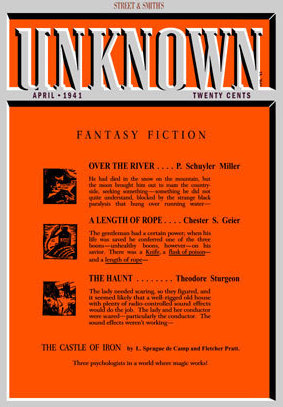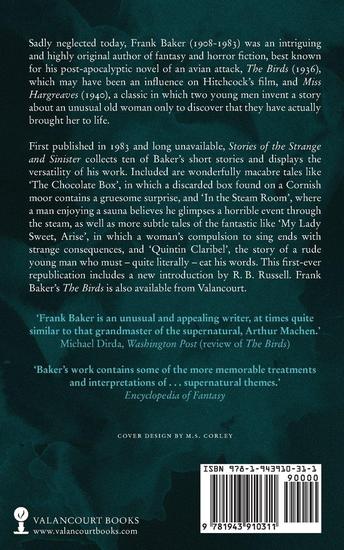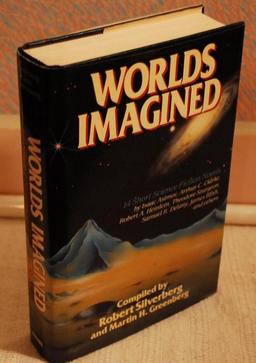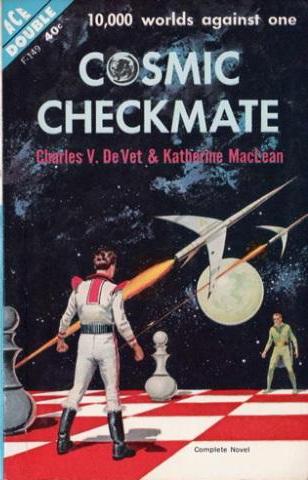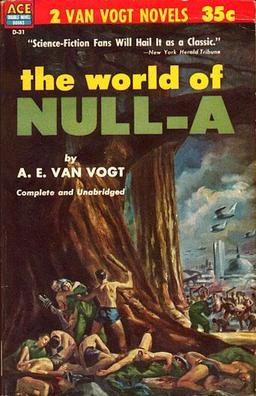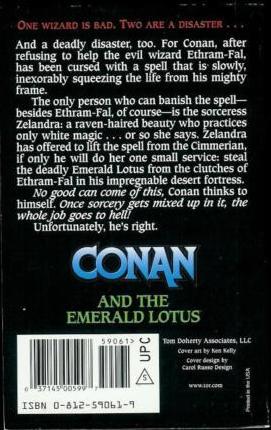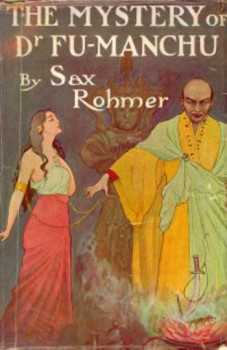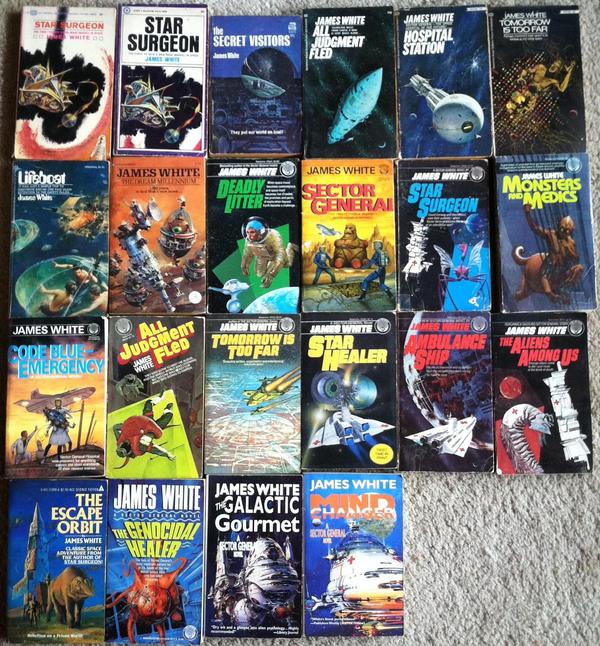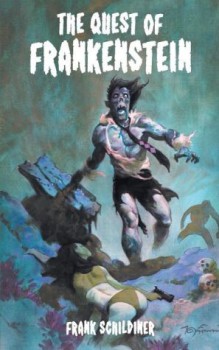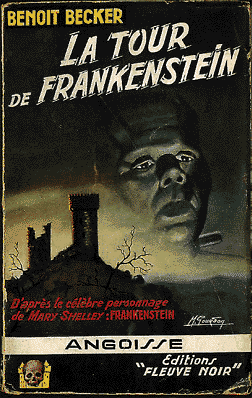The Books of David G. Hartwell: Visions of Wonder and The Science Fiction Century
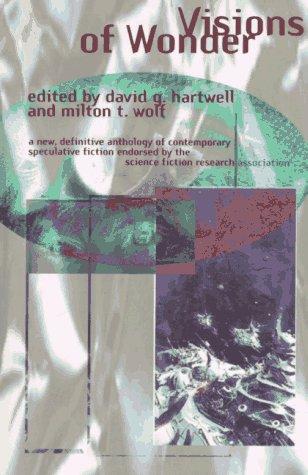 |
 |
We lost David Hartwell on January 20th. This is our sixth article in a series that looks back at one of the most gifted editors in our industry.
With the publication of The Dark Descent and The Ascent of Wonder, David quickly established himself as the go-to guy for big genre survey volumes, and he produced many of them. These massive books were popular with libraries and book clubs, and many stayed in print for years. David had found a fine niche for himself that showed off his considerable talents for genre scholarship (not to mention his excellent taste), and he continued to compile these giant books for the rest of his life.
His next two major anthologies were huge science fiction retrospectives. The first, Visions of Wonder (1996), weighing in at a mere 798 pages, was co-edited with Milton T. Wolf, Vice President of the Science Fiction Research Association, and was a fine attempt to create an up-to-date SF textbook, mixing in critical essays by Damon Knight, John W. Campbell, Jr., Judith Merril, Samuel R. Delany, and others — plus a comprehensive guide to modern SF scholarship compiled by Gary K. Wolfe — with a generous sample of top-notch fiction. The 1005-page The Science Fiction Century (1997) was nothing less than a comprehensive survey of a hundred years of science fiction, containing works by H. G. Wells, C. S. Lewis, E. M. Forster, Rudyard Kipling, Jack London, A. E. van Vogt, Jack Vance, Robert Silverberg, Poul Anderson, Roger Zelazny, James Tiptree, Jr., Bruce Sterling, Nancy Kress, William Gibson, and dozens of others.
